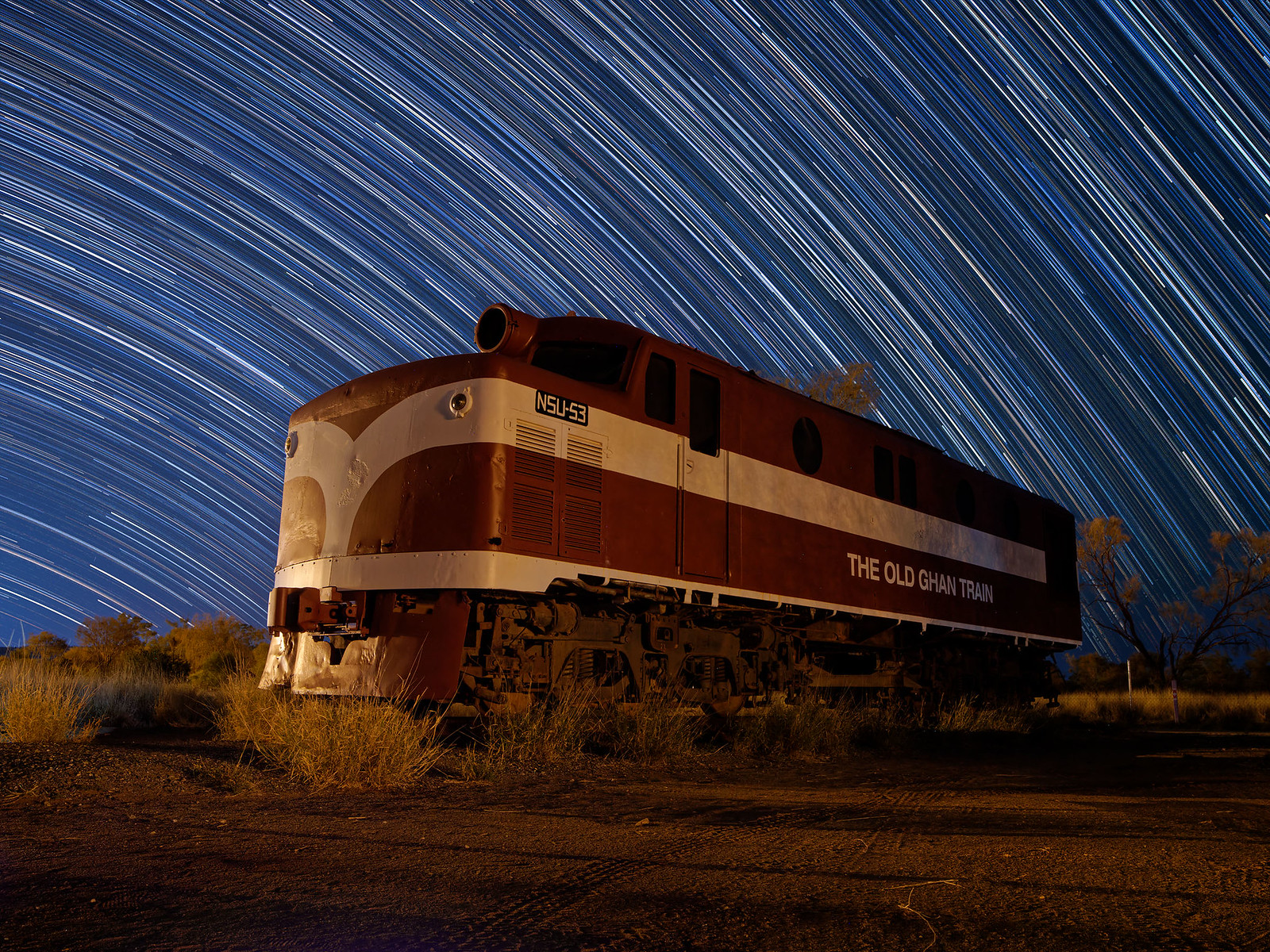From the earliest days of the colonisation of Australia, there was a strong desire to set up lines of communication that spanned the continent, also opening up the place for trade. At first, this consisted merely of 'exploring' to find what was there. Then they built a telegraph line all the way up the country - which connected with an undersea cable and, for the first time, made it possible for news and messages to be shared with the rest of the world in hours or minutes rather than months.
Then, the idea was to build a railway line through this vast and arid country. This was no small undertaking. There was basically nothing out there that constituted a market - but the hope was that such trade would be formed by the building of the line. It had to follow the few places where water could be found for the steam locomotives, which of course meant following the places that would periodically flood - which, in turn, made the line unreliable and prone to washouts. The line was built north towards Alice Springs, a place that grew in the middle of the desert as a result. The railway came to connect Alice with Adelaide in the south, joining up with some existing railways in the south; a line was also built south from Darwin. Take a look at those places on the map, pay attention to the scale of the map, and remember there was nothing approximating to a settlement to speak of between them. It was a ribbon stretching out over huge amounts of... not much!
The two parts of this line never did join up. The line saw modest traffic, with the big gap between the section north from Adelaide and the section south from Darwin being bridged by rudimentary traffic over dirt roads, which could also become impassable in the rain - not to mention the effort of transhipment of good/people off/on/off between rail, road and rail again. When the Second World War came, this route suddenly became strategically vital and there was a huge increase in traffic, including across that painful gap.
If this route was ever to make real sense, something better was needed. It was never going to make money but it was nation-building stuff!
Eventually, a modern line would be built and run the whole distance, without a gap. With the advent of diesels, which had appeared on the old line in the 1950s, there was no need to follow those flooding areas either. Oh, and it was built to standard gauge (not the narrow gauge of the original line). This route finally opened in 1980, leaving the old line to its fate. Some short sections are preserved for posterity, but it's mostly gone, the steel stripped out and the traces mouldering in the outback.
But if you go to Alice Springs and know where to look, you can see some of the equipment used on the old line, including these two old beasts. They are NSU class locomotives, built to replace the steam - but still using the old line. How fitting that they sit here in the red sand. Somehow the passage of time in this vast place feels expressed by the wheeling stars in the sky!
Fuji GFX100S with Pentax 645 28-45mm lens @ 45mm

And same lens @ 28mm




















